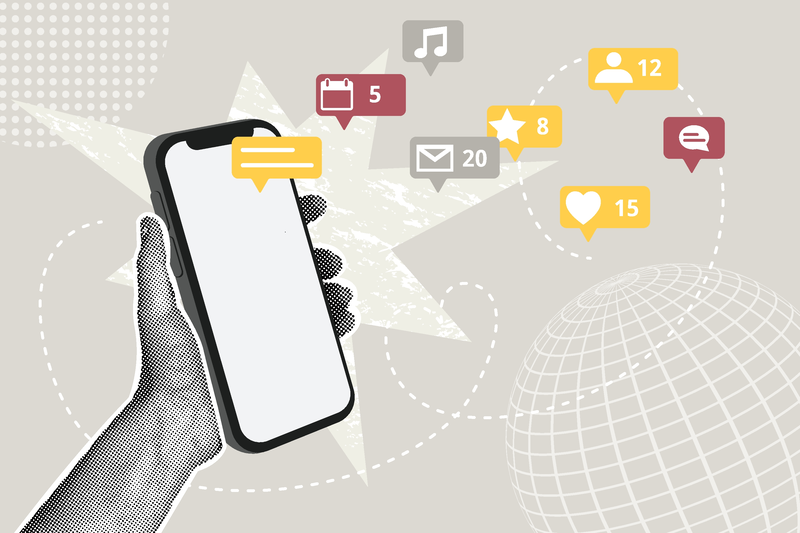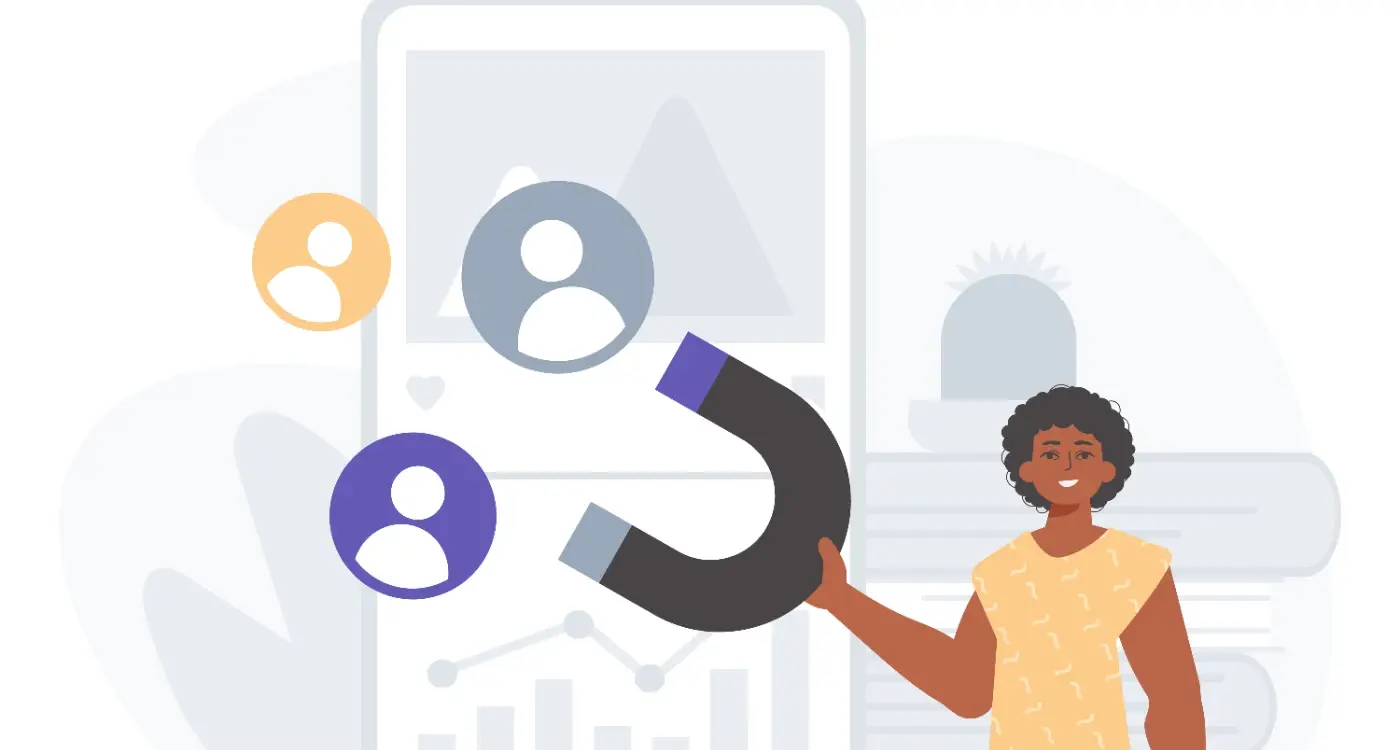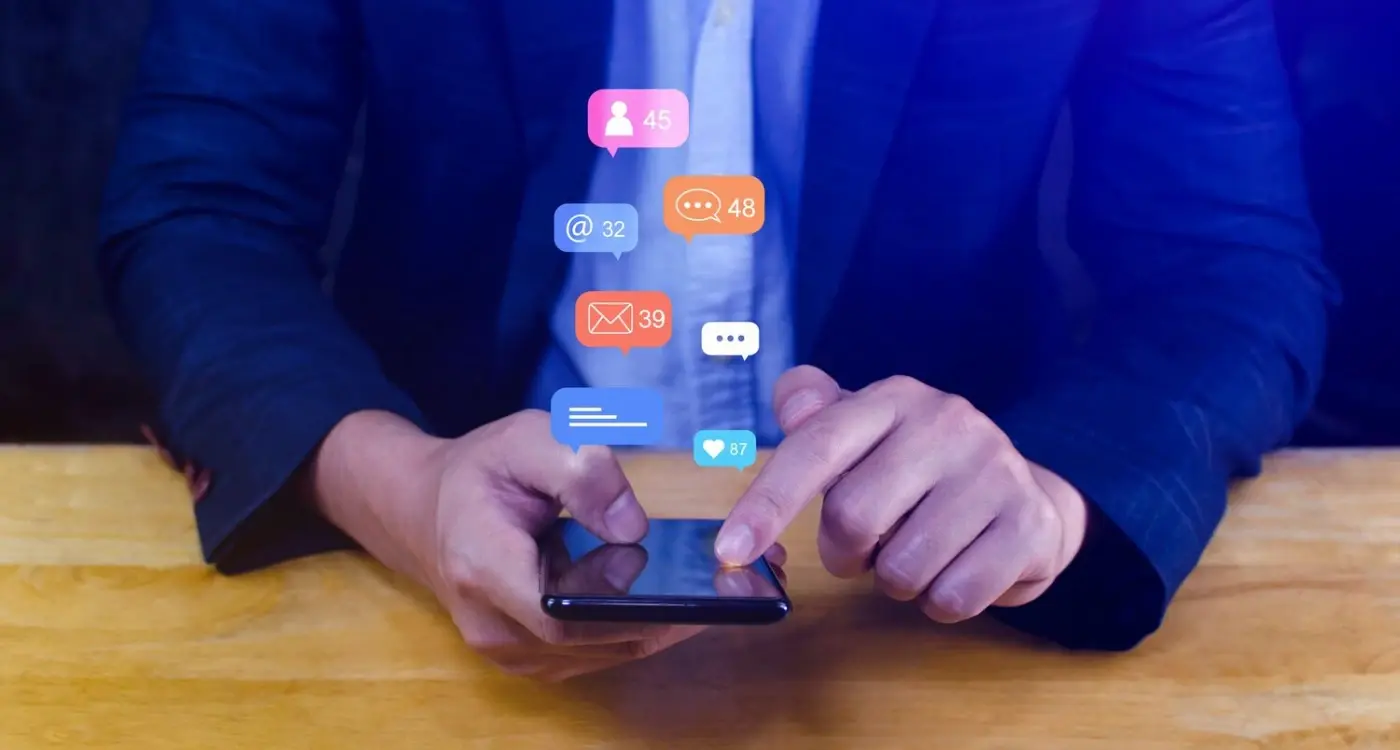Should I Send Different Emails To Free vs Paid App Users?
Most mobile app developers send the same emails to everyone on their list—and that's costing them users and revenue. When you treat a free user the same as someone who's paid for your premium features, you're missing out on massive opportunities to convert, retain, and delight your audience. User segmentation isn't just marketing jargon; it's the difference between emails that get deleted and emails that drive real results.
The numbers don't lie. Apps that use targeted marketing see conversion rates that are 3-5 times higher than those using generic approaches. Yet most developers still blast the same "one size fits all" message to their entire user base. Free users have different needs, motivations, and pain points than paid users—so why would we communicate with them identically?
The biggest mistake I see app developers make is assuming all users want the same thing from their emails
This guide will show you exactly how to build an email strategy that speaks to each user segment properly. We'll explore why free and paid users behave differently, what risks you face by treating them the same, and most importantly—how to create a segmented email framework that actually works for your mobile app. By the end, you'll have a clear roadmap for turning your email marketing into a powerful tool for user engagement and revenue growth.
Understanding User Segmentation
After years of working with app developers, I've noticed something interesting—most people think email marketing is just about sending messages to everyone on their list. Wrong! User segmentation is about splitting your audience into different groups based on what they do, how they behave, and what they've paid for.
Think of it this way: your app users aren't all the same person. Some have never spent a penny on your app, whilst others have upgraded to premium features. Some use your app daily, others downloaded it months ago and forgot about it. Each group needs different messages.
The Main Ways to Segment App Users
- Payment status (free vs paid users)
- How often they use the app
- Which features they use most
- How long they've been using the app
- Where they live
- Age and interests
User segmentation isn't just marketing jargon—it's the foundation of good email campaigns. When you know who you're talking to, you can send them emails that actually matter to them. A free user might want to know about cool features they're missing out on, but a paid user probably wants tips on getting more value from what they've already bought.
Why Free And Paid Users Are Different
After years of working with mobile app developers and watching user behaviour patterns, I can tell you that free and paid users are worlds apart in how they interact with apps. It's not just about the money they've spent—though that's part of it—it's about their entire mindset and expectations.
Free users are typically in exploration mode. They're testing the waters, seeing what your app can do without any real commitment. They might download your app alongside five others, give it a quick try, and delete it just as fast if it doesn't grab their attention immediately. These users have less patience for bugs, slower loading times, or complicated onboarding processes.
The Investment Factor
Paid users, on the other hand, have already made a financial commitment to your mobile app. This changes everything about their behaviour and expectations. They're more likely to stick around when they encounter minor issues, more willing to explore features they paid for, and significantly more engaged with your content.
Track engagement metrics separately for free and paid users—you'll be surprised by the difference in session length, feature usage, and retention rates.
Communication Preferences
When it comes to targeted marketing through email, these two groups respond differently to messaging frequency, tone, and content type. Free users often need more convincing and education about your app's value, while paid users want to maximise what they've already purchased.
- Free users prefer educational content and feature highlights
- Paid users want tips, advanced features, and exclusive content
- Free users need gentle conversion nudges
- Paid users respond better to retention-focused messaging
Understanding these differences through proper user segmentation is the foundation of any successful email strategy for mobile apps.
The Risks Of Treating All Users The Same
I've seen this mistake more times than I can count—apps sending the exact same email to everyone on their list. It's like shouting the same message at a crowded room and expecting everyone to respond the same way. Spoiler alert: they won't.
When you send identical emails to both free and paid users, you're basically ignoring everything that makes them different. Free users who receive emails about premium features they can't access? They'll either feel frustrated or simply tune out. Paid users getting basic tips they've already mastered? They'll wonder why they're paying for something that feels so generic.
What Goes Wrong When You Don't Segment
The biggest problem is relevance—or lack of it. Your free users might unsubscribe because they feel like you're constantly trying to sell them something. Your paid users might do the same because they feel ignored or undervalued. Both groups end up thinking you don't really understand them.
Then there's the engagement issue. When emails don't match what users actually need or want, open rates drop, click-through rates plummet, and your carefully crafted messages end up in the digital bin. You're wasting time creating content that misses the mark for most of your audience.
The Trust Factor
Here's what really matters: trust. Users can tell when you're not paying attention to who they are and what they need. Send enough irrelevant emails and they'll start questioning whether you understand your own product—let alone their needs.
- Higher unsubscribe rates from frustrated users
- Lower engagement across all user groups
- Reduced conversion rates from free to paid
- Damaged brand perception and user trust
What Makes A Good Segmented Email Strategy
After years of working with mobile app developers, I've noticed that the most successful email campaigns share a few key traits. They're personal, they're timely, and they speak directly to what each user actually needs—not what we think they need.
The foundation of any good segmented email strategy starts with understanding your data. You need to know who your users are, what they do in your app, and most importantly, what stage they're at in their journey. Free users who've just downloaded your app need different messages than paid subscribers who've been using it for months.
Timing Is Everything
Getting the timing right can make or break your email strategy. Send too many emails and you'll annoy people; send too few and they'll forget you exist. Free users might need more frequent nudges to stay engaged, whilst paid users prefer less frequent but more valuable content.
The best email strategies feel like helpful conversations, not sales pitches
Content That Actually Matters
Your segmented emails should solve real problems for each user group. Free users might want tips on getting more value from your app, while paid users could benefit from advanced features tutorials or exclusive content. The key is making each email feel like it was written specifically for that person's situation.
Building Your Email Segmentation Framework
Right, let's get practical. Setting up your segmentation framework doesn't need to be complicated—in fact, the simpler you start, the better your results will be.
Start with the basics
Your first segments should be dead simple: free users and paid users. That's it. Don't overcomplicate things by creating dozens of micro-segments straight away; you'll just confuse yourself and your messaging. Most email platforms like Mailchimp or SendGrid make this easy—you can tag users based on their subscription status and boom, you've got your foundation.
Layer on behaviour data
Once you're comfortable with basic segmentation, start adding layers. How often do users open your app? When did they last engage? Are they power users or casual browsers? This behavioural data is gold because it tells you not just what users have paid for, but how they actually use your app.
The key thing to remember is that your framework should grow with your understanding. Start small, test what works, then add more complexity. I've seen too many developers build elaborate segmentation systems that never get used properly. Keep it simple, keep it actionable, and most importantly—keep it focused on what your users actually need to hear from you.
Testing And Measuring Your Email Performance
Right, so you've built your segmented email strategy for your mobile app users—now comes the fun part: seeing if it actually works! Testing your emails isn't just about checking if they look pretty (though that matters too). It's about understanding whether your free users are responding differently to your paid users.
Start with the basics: open rates, click-through rates, and conversion rates. But here's where it gets interesting—these metrics will tell completely different stories for your free versus paid segments. Your paid users might have higher open rates because they're more invested, whilst your free users might click more but convert less.
Key Metrics to Track
- Open rates by user segment
- Click-through rates for different content types
- Unsubscribe rates (this one's important!)
- App engagement after email interaction
- Revenue generated from each segment
Set up A/B tests for subject lines, send times, and content tone between your free and paid segments. What works for one group rarely works for the other.
Making Sense of Your Data
Don't just collect data—use it! If your free users aren't opening upgrade emails, try educational content instead. If paid users ignore feature announcements, focus on advanced tips. The beauty of understanding your highest value data in targeted marketing is that you can adjust your approach based on real behaviour, not guesswork.
Conclusion
After working with countless app developers over the years, I can tell you that treating free and paid users differently in your email campaigns isn't just a nice-to-have—it's absolutely necessary if you want to succeed. The data doesn't lie; segmented email campaigns consistently outperform generic ones by massive margins.
Your free users need encouragement and education about your app's value, whilst your paid users want to feel appreciated and get the most from their investment. Send the wrong message to the wrong group and you'll either annoy paying customers or fail to convert free users. Neither outcome is particularly appealing for your business.
The framework we've covered gives you everything you need to start segmenting properly. Begin with basic free versus paid splits, then layer on behavioural data as you learn more about your users. Test different approaches, measure what works, and refine your strategy over time.
Remember that good segmentation takes time to perfect. Don't expect overnight results, but do expect better engagement rates, higher conversion rates, and happier users when you get it right. Your email marketing will become more effective, and your app will grow faster as a result.
Share this
Subscribe To Our Learning Centre
You May Also Like
These Related Guides

What Makes a Social Media App Actually Successful?

What Makes Users Switch From Competitors to Your App?



